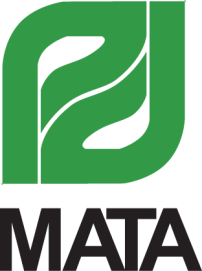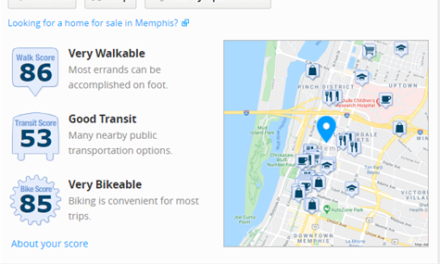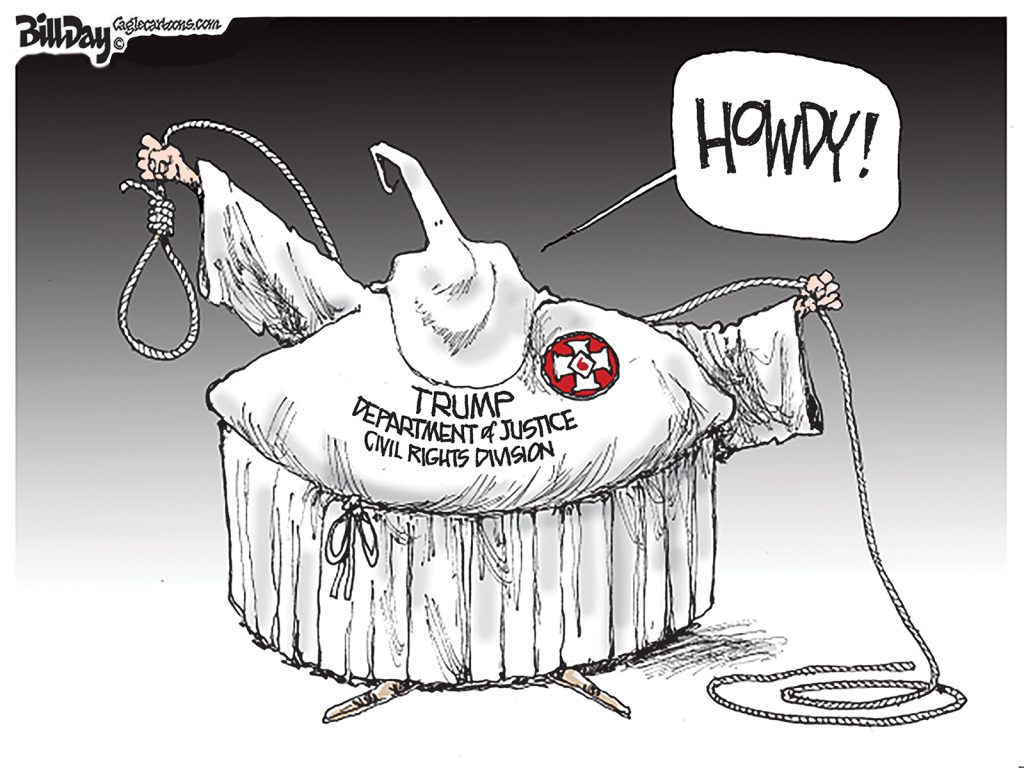A major obstacle to a successful future of Memphis is our tendency toward incrementalism.
The problem is that at a time when we need to leap ahead of other cities, we are running in place. We are making progress, but so is everyone else and as a result, we remain in the same relative place.
Unfortunately, our relative place has been on the wrong end of the rankings for most economic indicators, most recently when Brookings Institution placed Memphis as #70 among 100 metros measured for their economic rebound.
Memphis Mayor A C Wharton said that it could take years to rebuild jobs. There’s no mistake about that considering that the MSA lost 50,000 jobs in the first decade of this century before the recession even hit.
Leaping Ahead
To leap ahead of our rival regions, it will take a concerted effort to do a lot of the right things right but underlying it all must be an attitude that quits treating incremental accomplishment as real progress. Instead, every strategy and every opportunity should be evaluated for what it would take for it to be truly transformational.
There is no lack of good ideas and good programs from good people, and we should all welcome the commitment to them. However, there are only a few things that have the potential to be the proverbial game-changers and those are the ones we should concentrate our resources on.
We are thinking all of this as we consider Memphis City Councilman Edmund Ford Jr.’s fine idea for using a gas tax increase as a dedicated revenue source for MATA. The one-cent increase proposed by Mr. Ford would produce $3-6 million a year.
For years, many of us have complained about the sorry state of Memphis public transit, but it’s been forced to limp along on a subsistence budget. Calls for more funding and improved services for Memphis Area Transit Authority have fallen on deaf ears. The volume, however, is likely to increase with the release of MATA’s Short-Range Transit Plan with its recommendations to improve the current system and attract more riders.
Squeeze Play
Caught in a budgetary squeeze play in which it’s unable to identify its own unique funding source and with cuts in federal, state and local government funds, MATA is treated as a low priority for city government and with a cut in MATA’s budget of $2 million for the upcoming fiscal year, it is probable that the short-range plan will raise expectations at a time when MATA has even less money to implement it.
Bethany Whitaker, Nelson/Nygaard project manager for the transit plan, said the short-range plan is “cost neutral, but with the budget cut, we have less than when we started. We are confident in the recommendations. They can make things better, inspire people, and encourage people to take them on.”
Whitaker said that over the years, MATA had responded to incremental challenges but not a comprehensive look. The plan includes changes in the way services and routes are organized, standards and guidelines, priority service to large employment sites, and monitoring for the board and staff to measure how things are going.
“We stepped back,” she said, “and took a systematic approach to where things are working and where there are opportunities. MATA has ended up with a very complicated system, but it doesn’t have to be that way. We have straightened out a lot of routes.
Aiming for the Best
“MATA has worked hard but not made the hard choices. The plan has hard choices that can make things clearer, simpler, and straightforward. Some people won’t be happy, but it’s better overall. There are a few things that make Memphis challenging – pockets of low-income housing not well-connected, where it’s expensive for MATA to run a bus but where one is needed.
“The recommendations are about being more entrepreneurial, because the federal money is not going up, state money is not going up, but meanwhile, expectations are rising and MATA faces increased costs most every year.”
That’s why we think that rather than setting for incremental improvement of a one cent increase in the gas tax, we should consider something that could be transformational for MATA – like a 10 cent increase that produces at least $30 million a year. It’s money that would allow MATA to upgrade its service, attract new riders, implement all recommendations of the plan, and provide service more in line with major cities.
In a perfect word, it would be a countywide gas tax increase so that MATA could truly be a countywide system rather than one where any routes outside Memphis are paid by people inside Memphis. With a countywide tax, service could be expanded to more cities in Shelby County.
MATA As Symbol
Today, for many students and young workers who come here, MATA becomes a symbol for a city that just can’t seem to get its act together. More to the point, these young professionals are driving less and looking for alternative transportation, whether bikes or buses, or for that matter, bikes on buses.
Nashville Mayor Karl Dean said that improving mass transit is the top issue that he hears from young Nashville residents (and keep in mind that Nashville’s public transit includes trains while we’ve managed to have trolleys that pretend to be transportation). Mayor Dean said he plans to move assertively to leverage newly passed legislation about dedicated funding source for mass transit to attract more federal funding and to upgrade his city’s system.
Operating with the attitude that public transit is for poor peoples with no other choices, MATA is a significant obstacle to the kind of progressive image (and more important, reality) that other cities like Nashville are using as a lure for talented workers.
Focus groups with college-educated workers here tell us that they expected a city of Memphis’ size to have a modern, welcoming, efficient public transit system. Instead, they complain that the recruiters’ promise of a lower cost of living was misleading because “no one told us we’d have to buy a car.”
A New World
Meanwhile, Atlanta has upgraded the comfort of its seats and now loads news, sports scores and weather reports into televisions on its buses when they leave the bus barn. Utah and Colorado have added Wi-Fi to longer commuter buses for $5,000 and report that it has produced added ridership. Meanwhile, the buses have reclining seats, cup holders and racks for briefcases, backpacks and bicycles.
A number of cities like Portland, Oregon, send alerts to passengers’ Blackberries, offering up-to-the-minute information about trouble spots and alternatives in the event of problems on the route.
All of this sounds light years away for MATA, but MATA now has a short-range plan that deserves to be fully implemented, and at the same time, we need to raise our aspirations and our expectations. We need to understand what a modern 21st century public transit system should look like and then we should make it happen.




